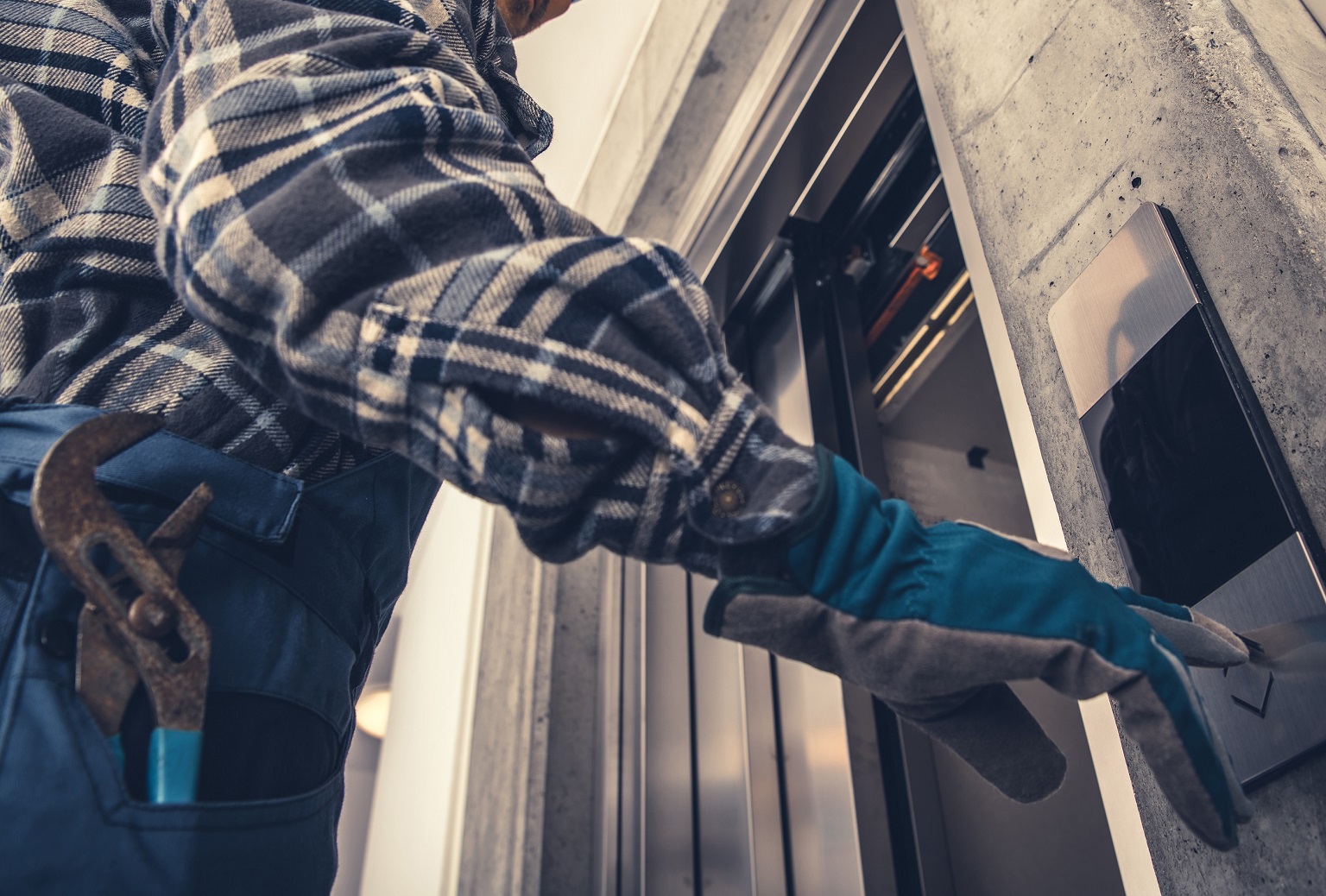Modernizing an elevator system can transform and revitalize a building. After a certain amount of time, commercial elevator modernization becomes necessary as well in order to ensure continued functionality and safety. Since it is also a significant investment, many wonder about the right time to modernize. So, when is the best time to modernize your commercial elevator?
Signs of Elevator Aging
On average, commercial elevators that haven’t undergone modernization have a life of twenty to thirty years. Beyond that, the likelihood of performance issues starts to increase dramatically.
Old elevators often show telltale signs of wear and tear in the form of noises such as creaking or banging, or in unevenness of movement characterized by halting, jolting, or shaking. Note that these signs may start showing well before the twenty-year mark if your elevator gets higher-than-average foot traffic or if it has experienced additional stress from building or climate conditions.
An increase in the rate of service calls is another sign that components within an elevator system may be breaking down. Check the service log regularly and note the occurrence of anything beyond regular maintenance.
It is always recommended to carry out routine inspections by elevator technicians on a regular basis. A typical inspection will measure rates of acceleration and deceleration, noise activity, and vibration. The results can help to diagnose any potential issues before they grow more lead to a more serious malfunction or complete stoppage.
How to Be Sure Modernization is Needed
Commercial elevator modernizations become necessary for safety and utility reasons when controllers must be replaced. Below are a list of other conditions that necessitate or highly motivate the need for modernization:
- Relay Based Controllers: When this hardware becomes outdated and deteriorates due to age, it is very difficult to update the software or add provisions.
- Proprietary Controller Software: This limits service options and leads to hefty repair costs due to being locked-in to the service rates and options of the proprietary rights holder.
- New Owners: New ownership generally comes with a budget for building repairs. What better way to start fresh with a new lifespan for the elevator and to get freed up from an existing service company?
- Related Equipment Age: If other major components such as the hydraulic jack, traction machines, or door operators are beyond 15 years old, it could mean a modernization would benefit the buyer in the long term opposed to the costly repair for just one component.
When Commercial Elevator Modernization is Needed Sooner
Any building with a high amount of elevator traffic or a mixed use elevator will suffer more wear and tear then the standard application. For example:
- Freight Elevators: Due to increased use of these machines as passenger and freight use in more applications, the need to improve or upgrade these elevators is essential in many cases.
The vigorous nature of moving freight materials causes an earlier need to upgrade than standard use elevators. The freight elevator market has seen a rapid expanse in styles and designs that have an emphasis on rider safety. We have found buyers modernizing earlier than needed just to implement such innovations.
- Hospitals: Hospitals can take no chances with outdated or faulty equipment, as seconds could mean life or death. It is not unusual for hospitals to carry the heaviest budget for elevator repairs to ensure they are meticulously maintained.
Hospitals also place high importance on having the latest and safest elevator equipment to ensure fast and reliable use of the machines. The desire to add new safety software has led some hospitals to modernize equipment well before the usual recommended life span of the equipment approaches.
The Benefits of Elevator Modernization
Perhaps the most tangible benefit you’ll reap from modernizing your elevator system aside from peace of mind is that you’ll be able to incorporate features utilizing more advanced and efficient technology. Recent years have seen a growth in the popularity of “smart” elevators, which operate more efficiently by utilizing a computerized batching system. Modern elevator systems can also be built to recycle energy back into the building, harnessing the heat generated from their motion for other uses. These “regenerative” elevator drives reduce the energy consumption of an elevator and can even reduce HVAC costs by lowering the output of excess heat.
For building managers looking to maintain tenant satisfaction and ensure a steady flow of income, elevator modernization is a great way to invest for the future. With macro trends in commercial real estate pointing toward higher competition for tenants, buildings with modern, energy-efficient operations will have a crucial edge.
Determine If Now Is the Right Time to Modernize Your Elevator
Every good plan includes a well-thought out timeline. The Genesis team can help you form a modernization plan that suits your needs. Before deciding on the details of your installation, we’ll make sure that the scope makes sense for your situation.
Some timeframe questions to consider are:
- When is an ideal time period during the business cycle for you to upgrade? (Tax considerations may come into play here as well.)
- What is your budget in terms of both dollars and downtime?
Once we have communicated a clear understanding of the scope, the Genesis team will execute the project with clearly defined checkpoints to ensure optimal communication. All of our work is done to the strictest standard of excellence and safety and is backed by a comprehensive audit.
Whether you’re ready to modernize your commercial elevator today or in a year, Genesis will help guide you through the process each step of the way. Find out more and reach out to our team today!
